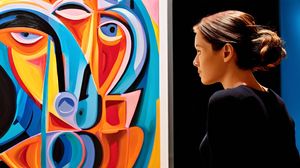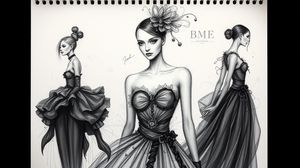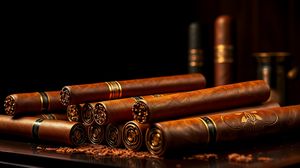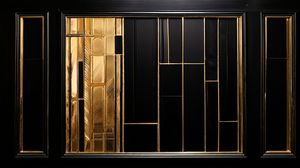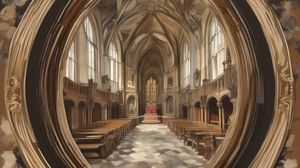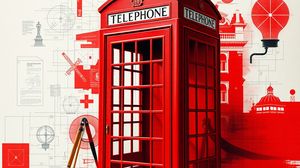
The Prototype K2 Telephone Box, located near Piccadilly, is an iconic piece of British design history. Designed by Sir Giles Gilbert Scott in 1924, this prototype laid the foundation for the famous red telephone boxes that would spread across the country. It can be found flanking the entrance arch to the Royal Academy of Arts, with a prototype on one side and a standard production K2 model on the other, allowing visitors to see the evolution of this celebrated design.
This original prototype, crafted from cast iron, was part of a competition held by the Royal Fine Art Commission to design a telephone kiosk that could blend function and aesthetics into London's streetscape. Scott's winning design took inspiration from the neoclassical architecture of Sir John Soane's mausoleum in St Pancras Old Churchyard, which is reflected in the kiosk's distinctive domed top.
The Prototype K2 stands out with its royal red colour and refined details, including a crown emblem on the roof and signature square-pane windows. The kiosk on the opposite side of the arch is a standard production K2 model, which went into production in 1926 following the success of Scott's design. The pair together represent a piece of history, showcasing both the original concept and its later refined production form.
The K2 became a symbol of British identity and innovation, but due to its weight and production cost, it was eventually replaced by lighter models. The original version, however, remains a rare and treasured sight, and the prototypes at the Royal Academy offer visitors a chance to experience a unique part of London's design heritage.
Today, these telephone boxes continue to capture the imaginations of tourists and locals alike, who are drawn to their historical significance and the classic British charm they bring to the city's landscape. Standing as sentinels beside the archway of the Royal Academy, these kiosks provide an unmissable photo opportunity and a nostalgic reminder of London's architectural past.

Making the Most of Your Visit:
When you visit the Prototype K2 Telephone Box, take a moment to appreciate the remarkable design details that set it apart from standard models. Look for the distinctive domed roof and the intricate crown emblem which signifies its royal design inspiration.
For the best photo opportunity, consider visiting earlier in the day or later in the afternoon when the light is softer. This will help capture the vibrant red color of the kiosks in contrast to the historic stonework of the Royal Academy entrance.
If you're intrigued by Sir Giles Gilbert Scott's design ethos, it's worth exploring his other works in the city. Scott was also responsible for the iconic Battersea Power Station, another masterpiece of industrial architecture in London.
Don't miss the chance to step around to the side of the kiosks—many miss the side view which highlights the juxtaposition of the prototype and the production models. It offers a better understanding of the evolution of the design.
Visit during off-peak times if you prefer a quieter experience, as the area near the Royal Academy can get quite busy, especially during art events or exhibitions, which also adds a touch of cultural context to your visit.

Visiting Times & Costs:
The "Prototype K2 Telephone Box" near Piccadilly, located at the entrance to the Royal Academy of Arts, is accessible to the public at all times, as it is an outdoor installation. There is no entrance fee required to view the telephone boxes as they are situated in a public area.
Accessibility is generally favourable, with the kiosks being located on a street level area outside the Royal Academy, which can be accessed via Piccadilly. However, as with any outdoor city site, the ease of access can depend on crowd levels and ongoing events in the vicinity of the Royal Academy.
Visitors may simply approach and view these iconic telephone boxes without any time restrictions, as they are continually on display in the public space, although visiting during daylight hours is advisable for the best viewing and photo opportunities.

Address & Map:

Nearby:

